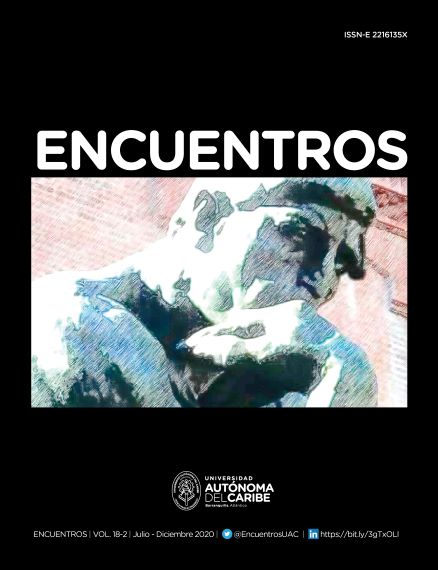Conception on the evaluative practice of the teachers in distance studies
DOI:
https://doi.org/10.15665/re.v18i02.2317Abstract
The purpose of this research is to unveil the conception on the evaluative practices who have teachers of the National Open University of Venezuela (UNA, in Spanish). It was made a qualitative and ethnographic research. Observation and interview techniques were used to collect information. The key informants were content specialists, evaluators and advisors of the UNA. The research findings were that the evaluative practices of teachers and the vision they have about them are rooted in the technical conception of teaching and in the second generation of evaluation, because this is how the educational and evaluative model of UNA is thought.
KEYWORDS: Evaluation practice, Evaluation of learning, Teaching conception.
Downloads
Published
Versions
- 2020-09-08 (3)
- 2020-08-17 (2)
- 2020-07-30 (1)
How to Cite
Issue
Section
License
Copyright (c) 2020 Aarom Oramas

This work is licensed under a Creative Commons Attribution-NonCommercial-NoDerivatives 4.0 International License.
Proposed Policy for Open Access Journals
Authors who publish in this journal agree to the following terms:
- Authors retain copyright and grant the journal the right of first publication, with the work registered under a Creative Commons Attribution License, which allows others to use the published work as long as the authorship and first publication in this journal are acknowledged.
- Authors can enter into additional contractual agreements for the non-exclusive distribution of the published version of the article (e.g., include it in an institutional repository or publish it in a book) as long as the first publication in this journal is acknowledged.
- Authors are allowed and encouraged to post their work online (e.g., on institutional or personal websites) before and during the submission process, as this can lead to productive exchanges and a greater and faster dissemination of the published work (see The Effect of Open Access).


